
By acting as the interface between plant science and nonwoven technology, we aim to deliver to our customers economic gains and superior genetic results by committing to continually improve our products through investing heavily in R&D.
Our innovative new ideas are evidence based and thoroughly tested. An increasing body of published research, conducted over six continents, demonstrates the efficacy of our products, in pollen control and cost effectiveness through higher seed count, lower contamination and reduced risk.

Sep 1st 2022
We are delighted to announce that our latest research paper has now been published, Increasing seed set and pollen proofing in Brassica juncea (Mustard) and Brassica napus (Rapeseed) through novel non-woven synthetic pollination control bags (Mehak Gupta, Gurpreet Kaur, Surinder Singh Banga & Daljit Singh Virk).
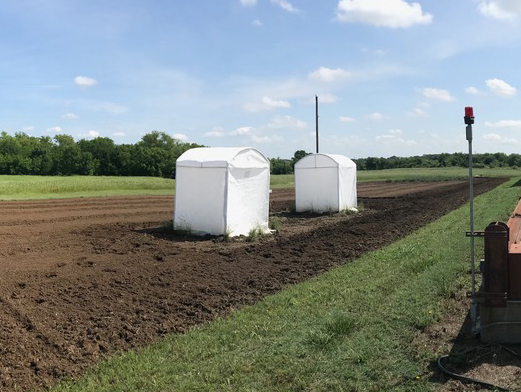
Jul 13th 2021
We share research about our pollination control tents for large-scale field projects, introduce new studies to understand pollination control in cannabis, and follow up on research highlighted in previous Research Update in both Forestry and Sorghum.
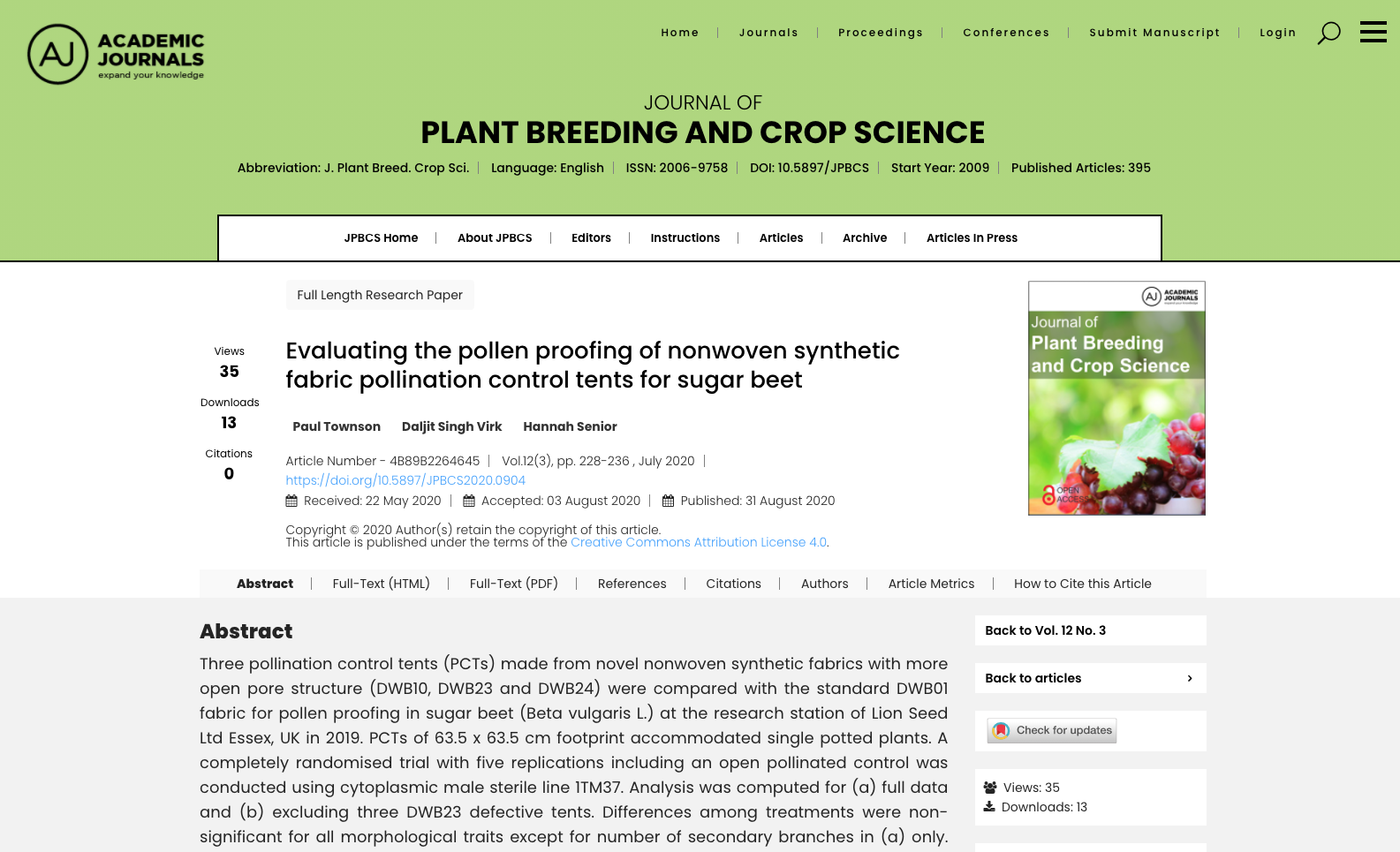
Sep 10th 2020
We’re delighted to announce the publication of yet another research paper; Evaluating the pollen proofing of nonwoven synthetic fabric pollination control tents for sugar beet by Paul Townson, Daljit Singh Virk and Hannah Senior.
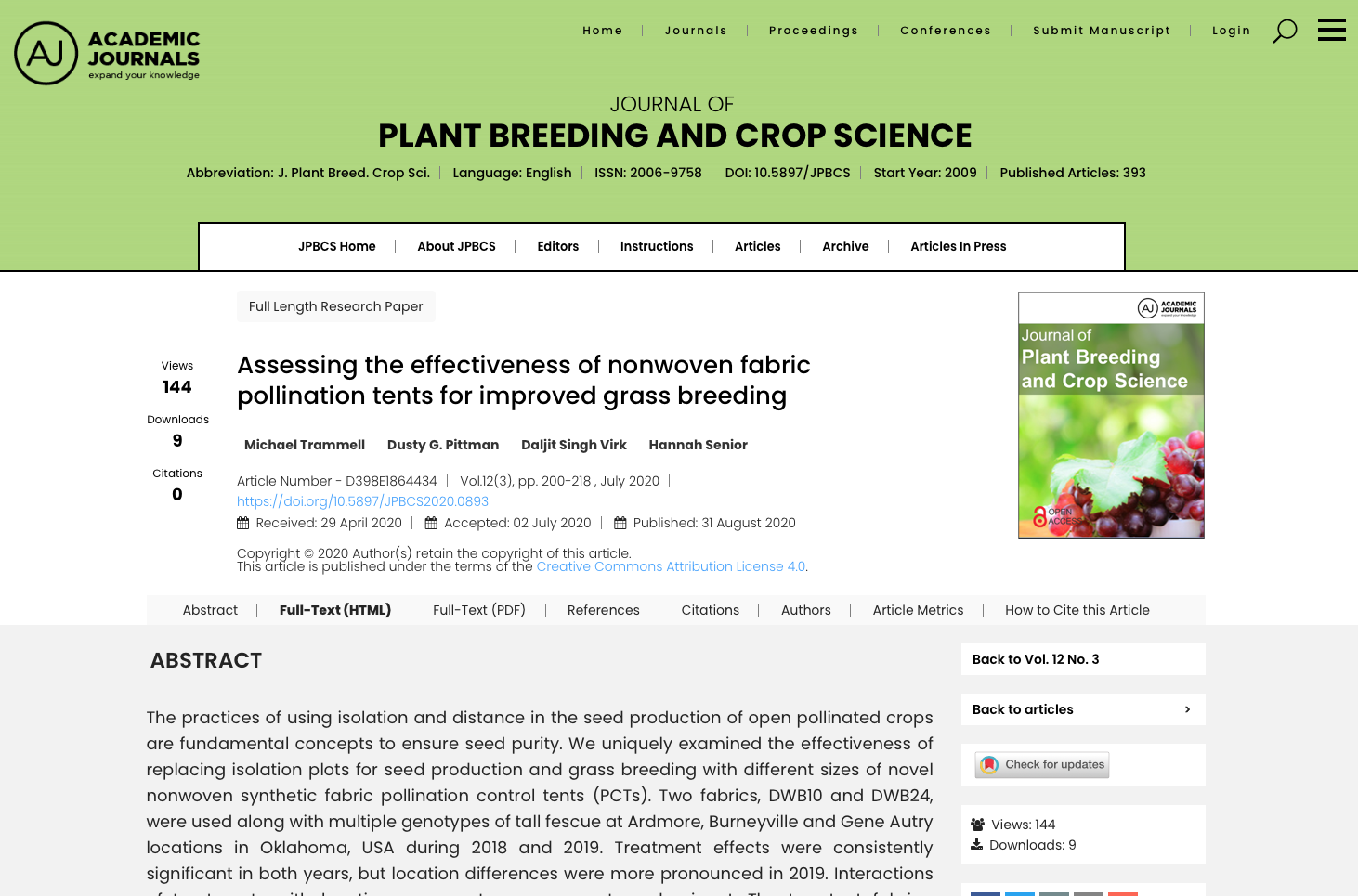
Aug 13th 2020
We’re delighted to announce the publication of the latest research paper Assessing the effectiveness of nonwoven fabric pollination tents for improved grass breeding by Michael Trammell, Dusty G. Pittman, Daljit Singh Virk and Hannah Senior.
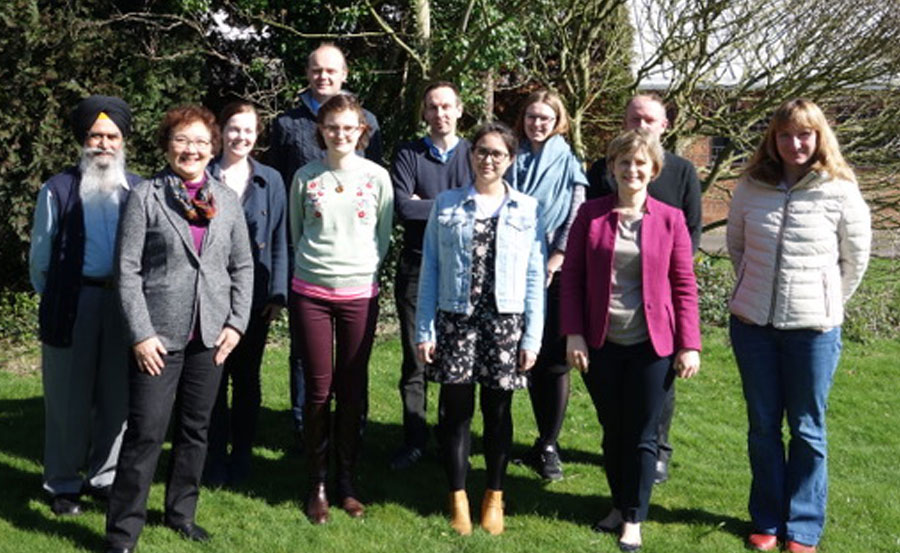
Jan 27th 2019
Newly published research in PLOS-One, carried out by NIAB, Aberystwyth University and PBS International, lifts the lid on the specialist nature of nonwovens for plant breeding.
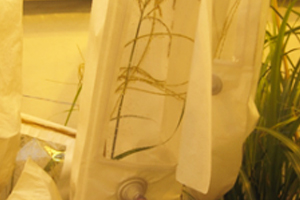
Oct 10th 2014
Comparing pollination bag types and the effect of environmental conditions on seed set in miscanthus crosses.
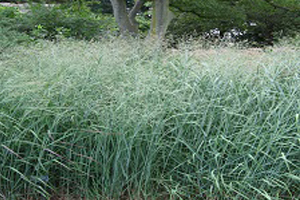
Oct 8th 2014
Recently an independent study was carried out by Oklahoma State University
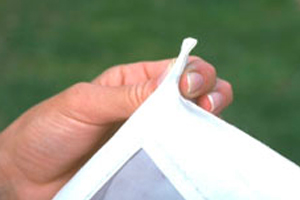
Jul 9th 1987
Crossing bags manufactured from three grades of polyester and three types of paper bags were tested